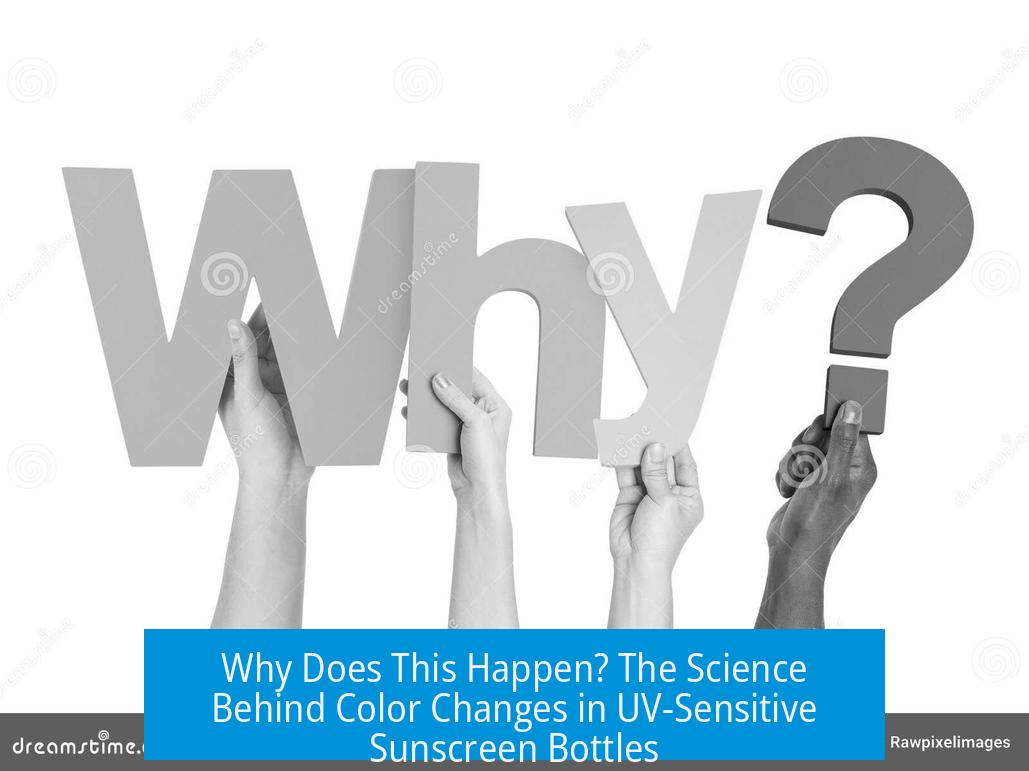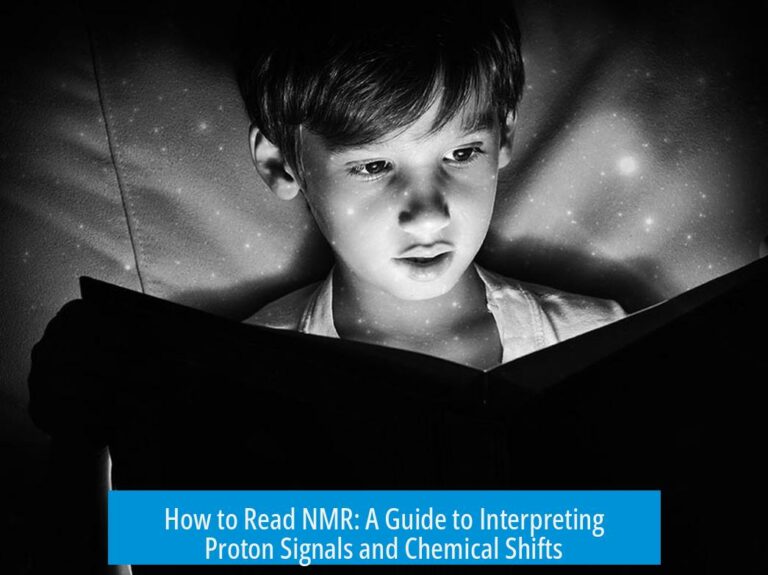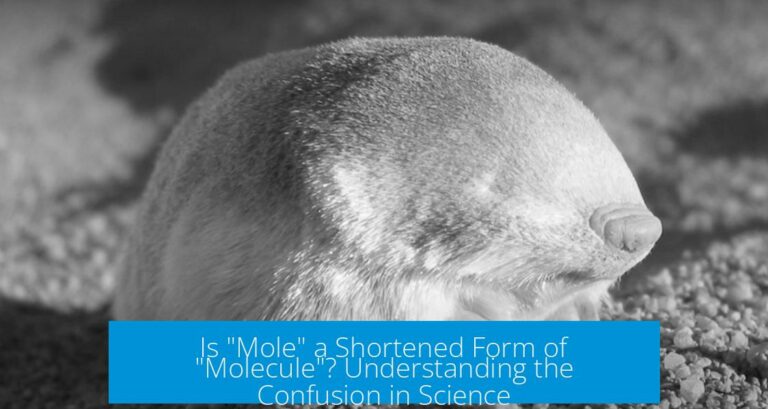Why Does This Happen? Understanding Color Change in UV-Sensitive Sunscreen Bottles
The color change in sunscreen bottles and caps occurs because the plastic contains photochromic dyes or compounds that react to ultraviolet (UV) light. These materials alter their molecular structure or electron states in response to UV exposure, producing a visible blue color. This change signals the presence of UV radiation and reminds users to apply sunscreen.
Photochromic Dye Mechanism in Plastic
Photochromic dyes are molecules that change color when exposed to UV radiation. The UV light carries enough energy to excite electrons in the dye molecules, moving them to higher energy states. This electron excitation triggers a molecular isomerization, which creates a new chromophore capable of absorbing visible light differently.
- UV triggers transformation from colorless to blue form.
- The blue color arises because the new chromophore absorbs light predominantly in the red region of the visible spectrum.
- When UV exposure stops, visible light or heat can reverse the isomerization, returning the molecule to its original colorless state.
This reversible color change is central to Smart BottlesTM used by some sunscreen brands. They turn blue under sunlight, serving as a visual cue for UV presence and the need to apply protective lotion.
Electron Transitions and Luminescence Effects
Color changes can also stem from electron transitions between molecular orbitals. Solar UV radiation supplies energy for electrons to jump from the highest occupied molecular orbital (HOMO) to the lowest unoccupied molecular orbital (LUMO).
- This excitation can cause fluorescence: the molecule emits visible light (often blue) when electrons return to lower states.
- If the blue color persists after removing UV light, phosphorescence may be involved. Electrons enter a triplet excited state and release energy over longer periods, maintaining the color.
Fluorescence occurs quickly, while phosphorescence lasts longer. The sustained blue color on some bottles possibly results from phosphorescent materials embedded in the plastic.
Polymer Systems with UV-Induced Reversible Reactions
Some plastics contain polymer systems that undergo reversible chemical reactions initiated by UV light. These reactions increase conjugation within the polymer chains, altering their optical properties.
- The material changes from non-absorbing to absorbing/emitting.
- It acts similarly to transition lenses in glasses, darkening under UV exposure.
- Here, the blue coloration emerges due to increased light absorption or emission after UV initiates the reaction.
Such systems enable the bottle to indicate UV intensity dynamically, reverting when the UV stimulus is removed.
Role of Optical Brighteners
Another possibility lies in optical brighteners incorporated into the bottle or cap plastics. These molecules absorb UV radiation and emit visible blue light. They are commonly used to enhance whiteness or brightness in textiles and plastics.
- Optical brighteners convert UV to blue light.
- This luminescence explains the blue hue under sunlight exposure.
- It is a less common but plausible explanation for the color change effect.
A Practical Example: Sunscreen Application Reminder
The blue color signals UV presence explicitly, reminding users to apply sunscreen. The reversible change means:
- When bottles are indoors or shaded, they remain clear or neutral.
- Under sunlight, they turn blue, displaying UV exposure.
- Applying sunscreen may prevent the color change on the bottle surface, as it blocks UV light.
This feature links function with user behavior conveniently and intuitively.
Summary of Key Points
- Color change results from photochromic dyes that undergo UV-induced reversible molecular isomerization.
- Electron excitation between molecular orbitals causes fluorescence or phosphorescence, producing a blue glow.
- Polymers with UV-triggered reversible reactions alter conjugation and color temporarily.
- Optical brighteners converting UV light to blue emission may also contribute.
- The effect serves as a visual indicator for UV intensity and sunscreen application need.
- This system is designed to be reversible, changing back when UV exposure ceases.
Why do sunscreen bottles change color under sunlight?
The plastic contains special dyes that react to UV light. These dyes change structure when exposed to UV rays, causing the bottle to turn blue. It signals that UV radiation is present and it’s time to use sunscreen.
How do photochromic dyes cause this color change?
UV light excites electrons in the dye molecules. This changes their shape and creates a new form that absorbs visible light differently, making the color appear. When the UV source is removed, the dye returns to its original state.
Why does the blue color sometimes last even after going indoors?
This occurs due to phosphorescence. Excited electrons enter a longer energy state and slowly return to normal. The material keeps glowing blue for minutes until the energy fully dissipates.
Is this color change a chemical reaction or a physical effect?
It’s primarily a reversible physical change in electron arrangement and molecular structure. Some polymers also undergo reversible reactions that alter their color by changing light absorption.
Could optical brighteners be causing the blue glow?
Yes, optical brighteners absorb UV light and emit blue light. They might be used alongside photochromic dyes to enhance the visible blue color under UV exposure.





Leave a Comment